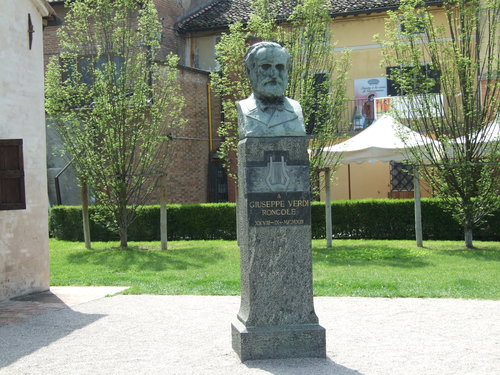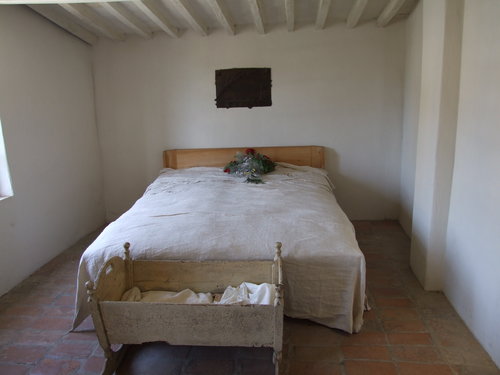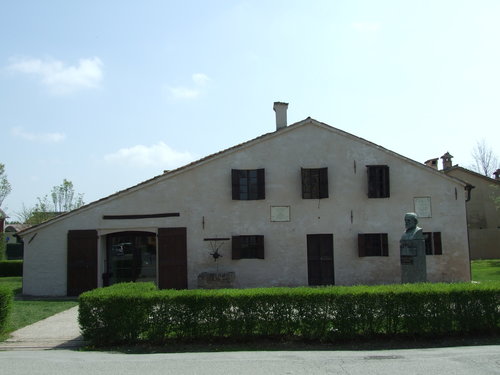An excerpt from Francesca’s Diary…
A visit to Soragna, a beautiful small town filled with art and history, where we visited a little dairy farm where Parmigiano Reggiano is made. One of the guides explained how the Parmiginao is made: Each morning the milk from the previous evening of milking is left inside large vats until the afternoon, as this allows the fatty part of the milk to naturally rise to the surface, separating itself from the milk. This is then removed and used in the production of butter. The skimmed milk remaining in the vat is then poured into the typical copper boilers, which are full of natural lactic ferments from the previous day. The milk then coagulates and the curd which forms is broken down into minute particles using a traditional tool known as a spino. The cauldron is then put through a cooking process to allow the cheesy particles to sink to the bottom, forming one large mass. Once allowed to rest, we were lucky to see how this mass is extracted thanks to the expert movements of the cheese makers. The cheese is finally wrapped in a cloth and placed in a mould that will give it its final shape.
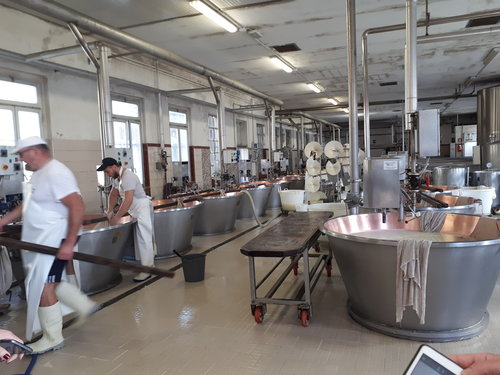
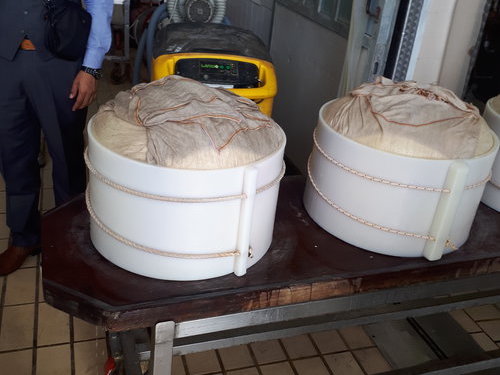
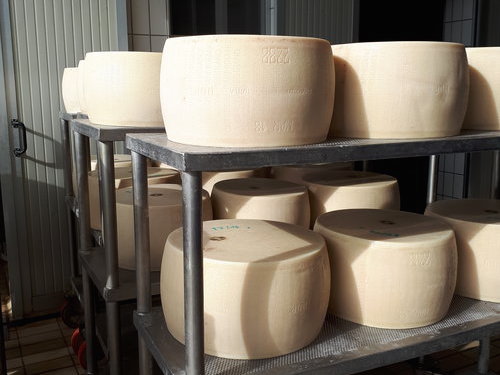
Each cheese is marked with a unique number that’s like an identity card. After a set time, with a special tool, the month and the year of production are engraved onto the cheese wheel. The most important part of the entire process is when the serial number that identifies the dairy farm, is marked using dotted writing onto the whole circumference of the wheel. After being shown the whole process we were also lucky enough to taste Parmigiano Reggiano cheese with a little flat bread.
Later that morning we visited the town of Busseto and the Verdi Theatre (Giuseppe Verdi) in which his first masterpieces were first played. The theatre hall is divided into a horseshoe shape and it has three levels of wooden boxes decorated with beautiful renaissance features. We even managed to see a small performance from a local opera singer!

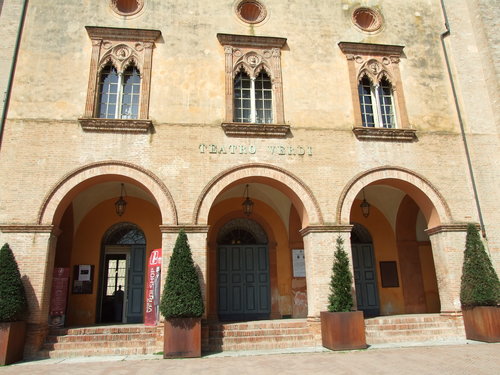
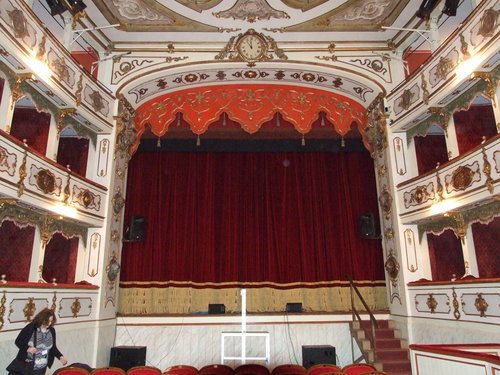
We also got the chance to visit the house of Salone Barezzi, who was considered to be like a second father to Verdi, as Verdi’s first wife was in fact his daughter. In this house Verdi composed and played his music for the first time and there is a famous phrase that Barezzi said to Verdi after witnessing the his talent first hand, “You were born for something extraordinary, but not to work in the country side.” It was as if he foreseen Verdi’s success in Milan, at The Scala; the place of Verdi’s for opera.
After visiting the house of Salone Barezzi, we had a short visit of the Verdi’s birth house in Roncole, where we enjoyed a lunch behind the house.
